Types of Houses
There are different types of houses where we live in. It protects us from many things like sun, rain, wind and enemies. Houses are of two types: (i) pucca house and (ii) kutcha house.
|
Pucca houses are strong houses. They are made up of wood, bricks, cement, iron rods and steel. Flats and bungalows are pucca houses. Such houses are called permanent houses. |
|
Kutcha houses are made up of wood, mud, straw and dry leaves. A hut is a kutcha house. Some people live at one place for a very short time. They build houses that can be moved from one place to another. Such houses are called temporary houses. |
Caravan, tent and houseboats are examples of temporary houses. Gypsies live in houses on wheels called caravans. A house made of cloth is a tent. A houseboat is a floating house. Many soldiers live in tents in their camp. A house made of snow or blocks of ice is called an igloo. Eskimos make it. They live in very cold places.
What are the things needed to build a house?
Most of us live in houses made out of bricks, cement and steel. Wood and glass are used to make doors and windows. Many people use other things to make their houses, such as straw, wood, mud and stones.
Different roofs of houses:
Houses on hills have sloping roofs.
People living in areas where it rains a lot make houses on stilts with sloping roofs.
People living in plains usually make houses with flat roofs.
How can we define a good house?
A good house should have plenty of fresh air and sunshine.
A good house should have trees nearby.
A good house should be neat and clean.
From Types of Houses to HOME PAGE
Recent Articles
-
What Is Plasma? | Blood Plasma | Proteins | Nutrients | Cholesterol
Nov 07, 25 10:29 AM
Blood is a mobile fluid which is a connective tissue and is derived from the mesoderm like cell any other connective tissue. Colour of blood is reddish and that flows inside the blood vessels by means… -
Disorders of Respiratory System | Tuberculosis | Pleurisy | Emphysema
Oct 28, 25 11:39 PM
Tuberculosis is very common disease and is caused by a type of bacteria called Mycobacterium tuberculosis. This disease causes different trouble in the respiration and infection of several parts of th… -
Regulation of Respiration | Respiratory Centres | Inspiratory Area |
Oct 14, 25 12:13 AM
Respiratory Centre is the area that controls the rate of respiration and it is observed to be located in medulla oblongata and pons. Respiratory Centre has the following will dispersed components like… -
Explain Transport of Gases | External Respiration | Tissue Respiration
Oct 09, 25 11:35 PM
In humans gaseous exchange is completed in the following ways the steps are - External Respiration or Breathing - Breathing in false taking in of Oxygen and giving out of carbon dioxide in the body. M… -
Kind and Number of Teeth | Location of Teeth in Mouth | Care of Teeth
Sep 11, 25 12:52 AM
Kind and Number of Teeth
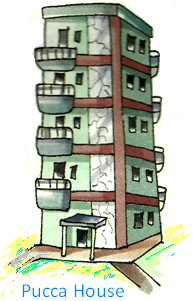
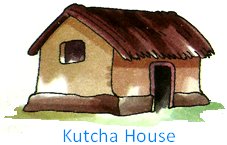
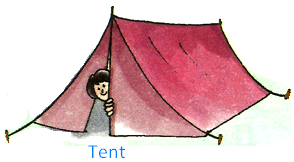
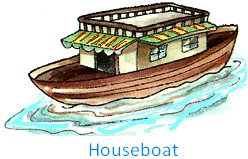
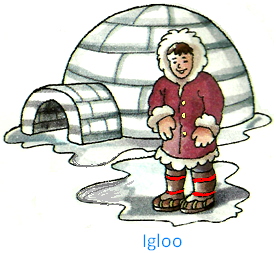





New! Comments
Have your say about what you just read! Leave me a comment in the box below.